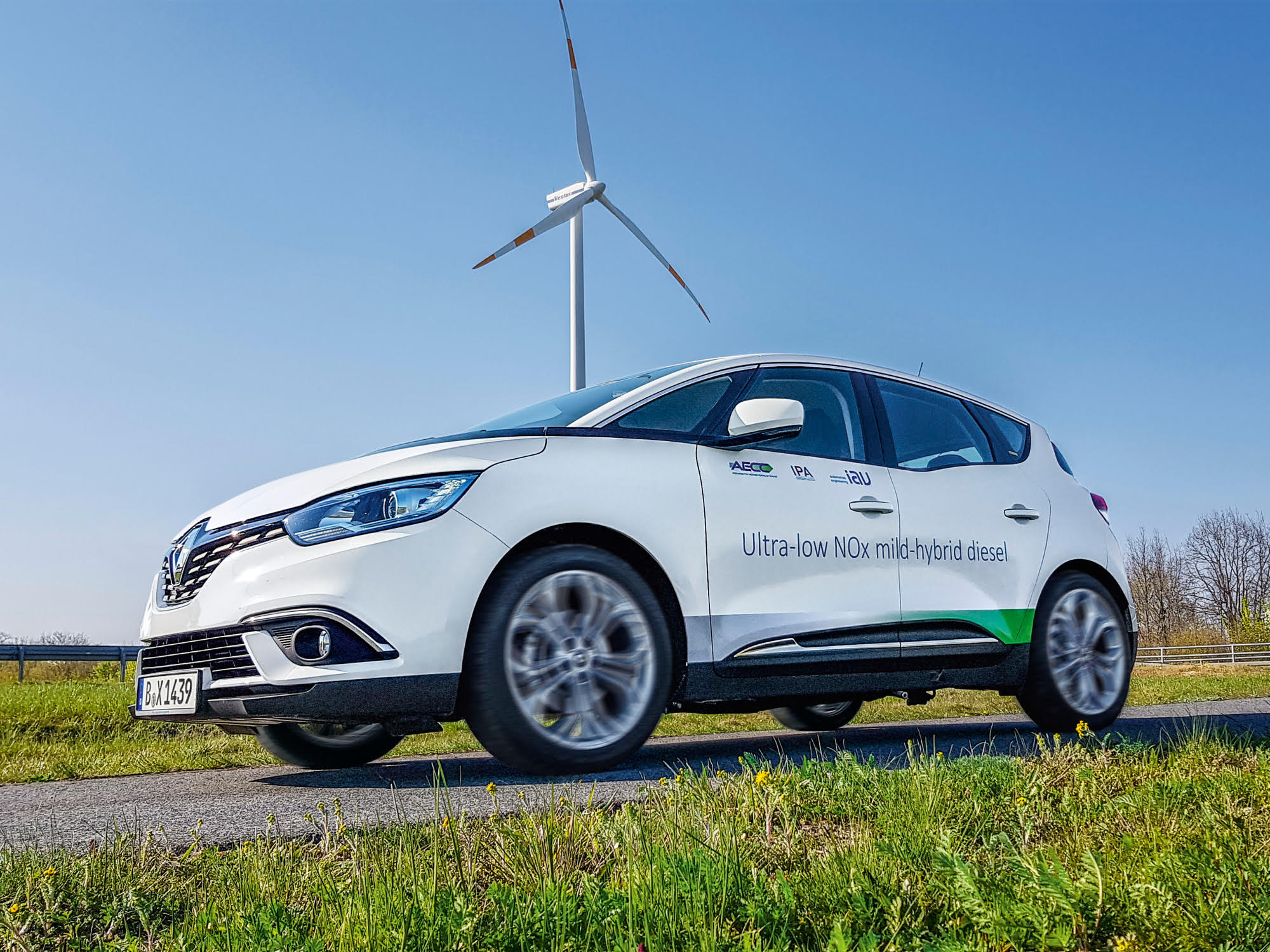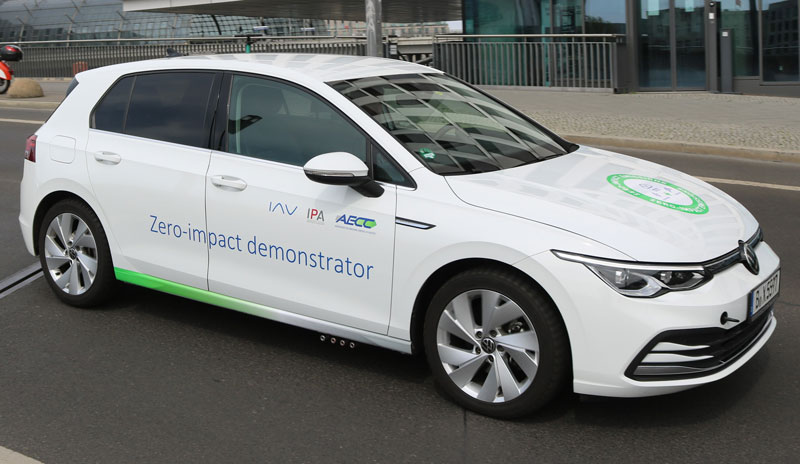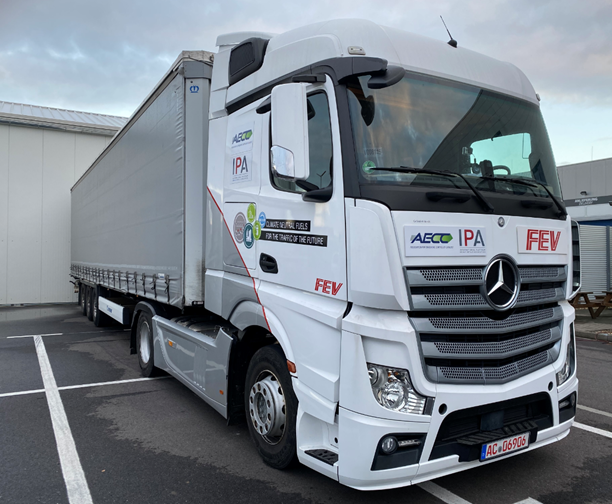Status of Euro 7
On 18 December 2023, the European Parliament and Council reached a provisional agreement on the new rules. Parliament and Council need to formally approve the agreement before it can enter into force. The European Commission then also needs to develop secondary legislation.
AECC appreciates the co-legislators continuously worked on the swift adoption of Euro 7, to reach this agreement before the EU elections in June 2024.
However, the overall Euro 7 ambition with regards to exhaust emissions is disappointing.
For cars and vans, the provisional Euro 7 agreement even settles with Euro 6 limits and test conditions for exhaust emissions, without further reductions in cold-start emissions. For trucks and buses, Euro VI test procedures are kept, with the exception of adjusting the low-power threshold. Limits are reduced, but this will not fully address significant shortcomings for cold-start operation in urban environments.
Euro 7 consequently falls short as a supporting tool for better air quality in European cities. Millions of vehicles with internal combustion engines will be sold in the next decades and these will not contribute to air quality improvements. Emission control technologies are available to further reduce emissions and there will be no incentives to bring these to the market.
AECC remains committed to contribute to development of the secondary legislation. Given the weak ambition of Euro 7, AECC calls on the European Commission to consider reviewing its effectiveness and appropriateness to meet future EU air quality rules. AECC feels such review should as well be linked to the timing of light- and heavy-duty vehicles’ CO2 emissions standards reviews. Particularly as the agreed CO2 standards influenced the outcome of the Euro 7 discussions, whereas climate change and air quality are two distinct topics that can be addressed simultaneously.
AECC already demonstrated this on three demonstration programmes.
Selected material on the demo programmes can be found below.
Light-duty diesel

Light-duty gasoline

Heavy-duty diesel

The conclusions of these demonstration programmes are:
- It is possible to widen testing parameters to better capture emissions resulting from driving in different conditions
- The technology required to further reduce emissions from light- and heavy-duty vehicles is already available
- This technology could be fitted to new cars at relatively low cost
- Well-to-Wheel CO2 can be reduced simultaneously using sustainable renewable fuels
This is summarised in a fact sheet that can be found here
AECC’s position papers, statements and comments on Euro 7 can be found here